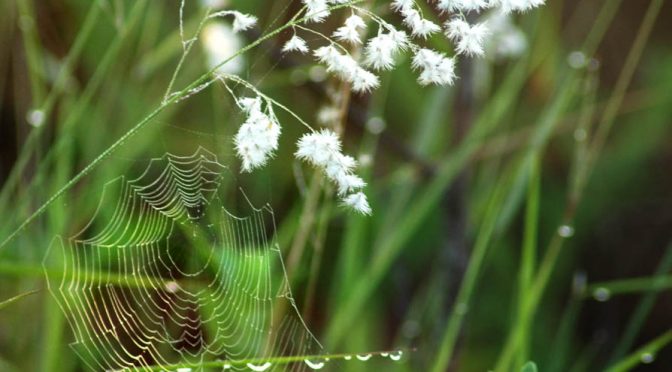Bees (Order: Hymenoptera)

Bees, like ants, are actually a specialized form of wasp. They play an important role in pollinating flowering plants. In July 2013 the world’s 20,000th bee species was officially described by a researcher from York University in Toronto. Your Malaise traps collected 6 species of bees and among those were the red-belted bumble bee (Bombus rufocinctus) and the honey bee (Apis mellifera).
The common eastern bumblebee (Bombus impatiens) is the most often encountered bumblebee across much of eastern North America. Unlike honey bees, bumble bees in the genus Bombus form colonies which last only one season. During the winter, mated female bumble bees hide in sheltered places and emerge in the spring to start new colonies in cozy places such as old mouse nests. Once her new home is tidy and her eggs are laid, the queen covers them with wax sheets for protection and incubates the eggs by lying over them for a period of time.

Currently Bombus impatiens is being reared and transported to some areas as a commercial replacement for honey bee pollination. Although introducing this species may be very helpful for the agriculture industry, there are some trade-offs as well. “Managed” pollination programs have introduced this eastern species to western North America, and in some places, such as California and Mexico, Bombus impatiens is now displacing native bee species.


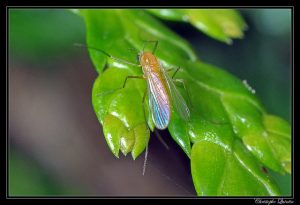



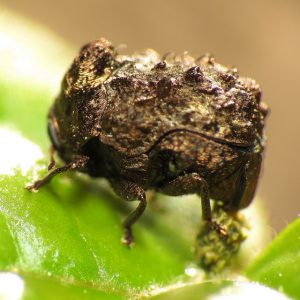
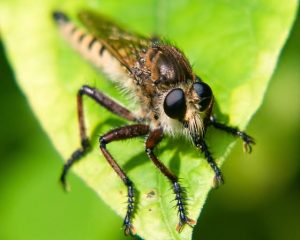







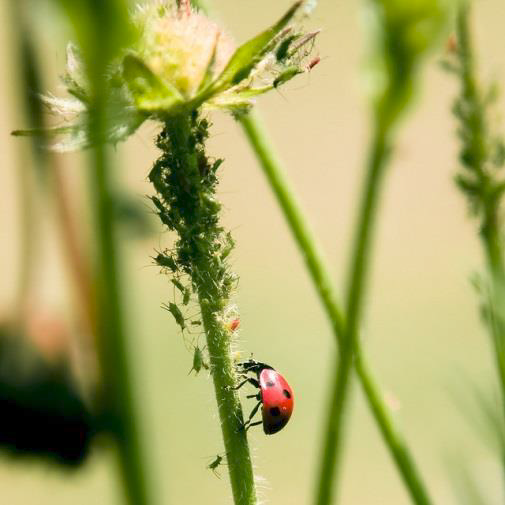 Aphids are small, soft-bodied insects with sucking mouthparts called stylets that allow them to pierce plant tissue and suck out the sap. Depending on the plant species and extent of the attack, aphid feeding can lead to yellowing, curled leaves, stunted growth, and even death. The soybean aphid (Aphis glycines) was one of the most widely collected species of aphid, being found in traps at 21 different schools, primarily in Ontario. The soybean aphid is native to Asia but it has become a serious pest of soybean in North America since 2000. Interestingly, the Halloween lady beetle (Harmonia axyridis), which can help to control the soybean aphid and is also an introduced species, was collected at 18 schools in this Fall program.
Aphids are small, soft-bodied insects with sucking mouthparts called stylets that allow them to pierce plant tissue and suck out the sap. Depending on the plant species and extent of the attack, aphid feeding can lead to yellowing, curled leaves, stunted growth, and even death. The soybean aphid (Aphis glycines) was one of the most widely collected species of aphid, being found in traps at 21 different schools, primarily in Ontario. The soybean aphid is native to Asia but it has become a serious pest of soybean in North America since 2000. Interestingly, the Halloween lady beetle (Harmonia axyridis), which can help to control the soybean aphid and is also an introduced species, was collected at 18 schools in this Fall program.
